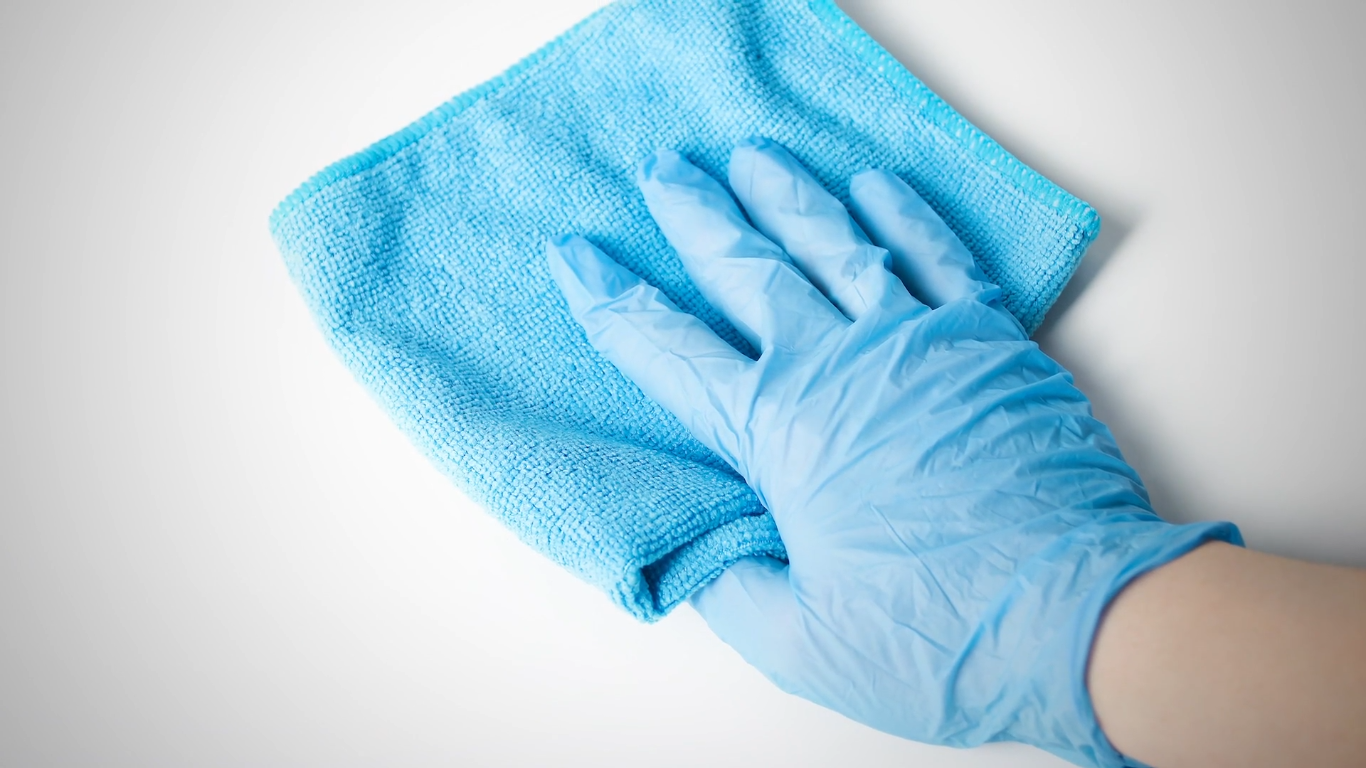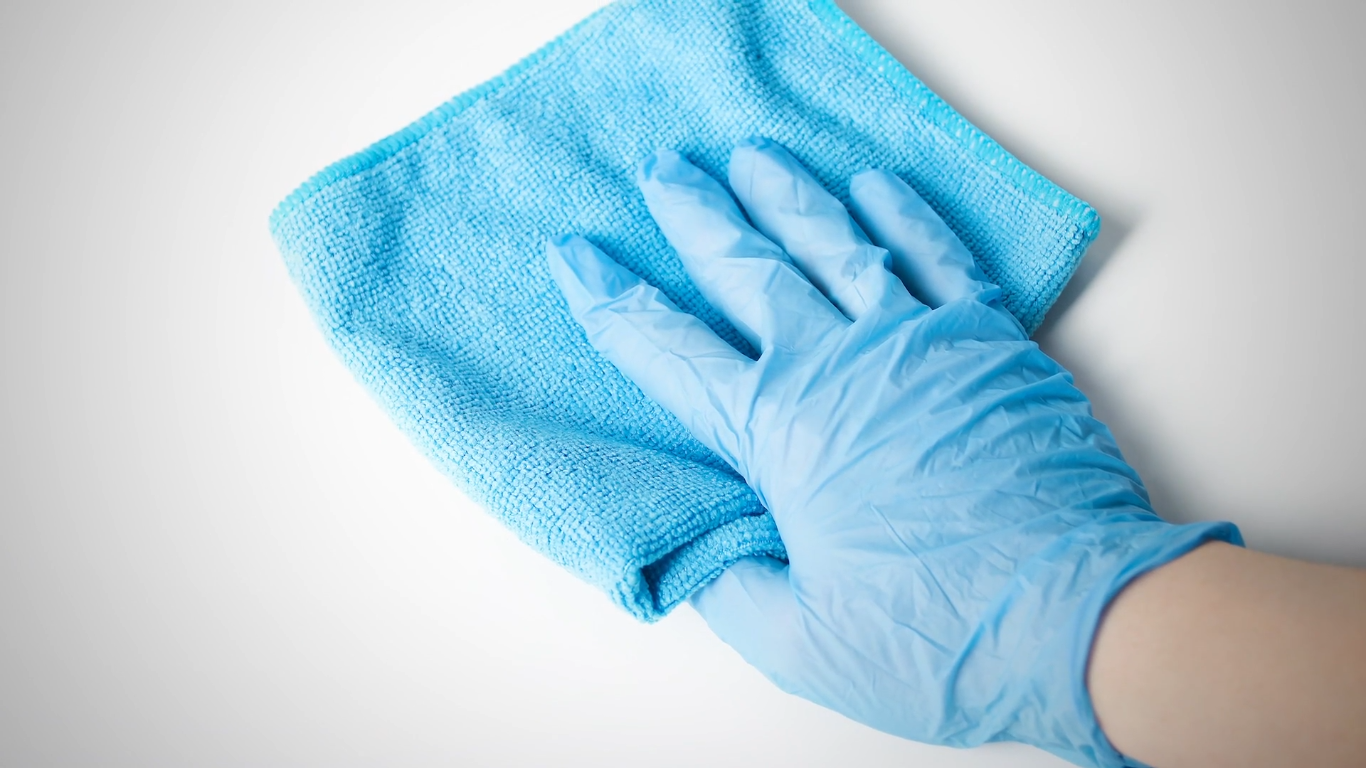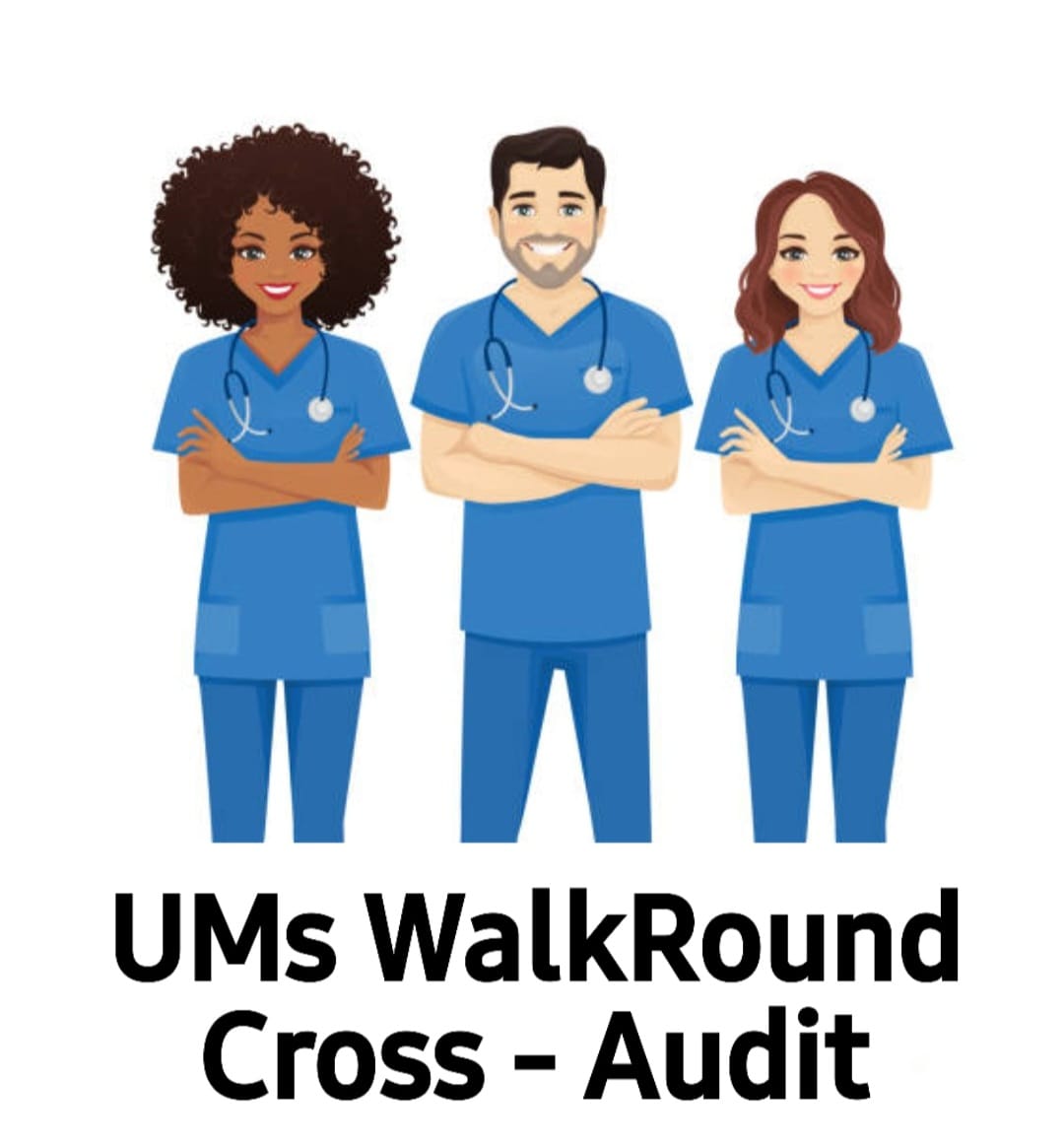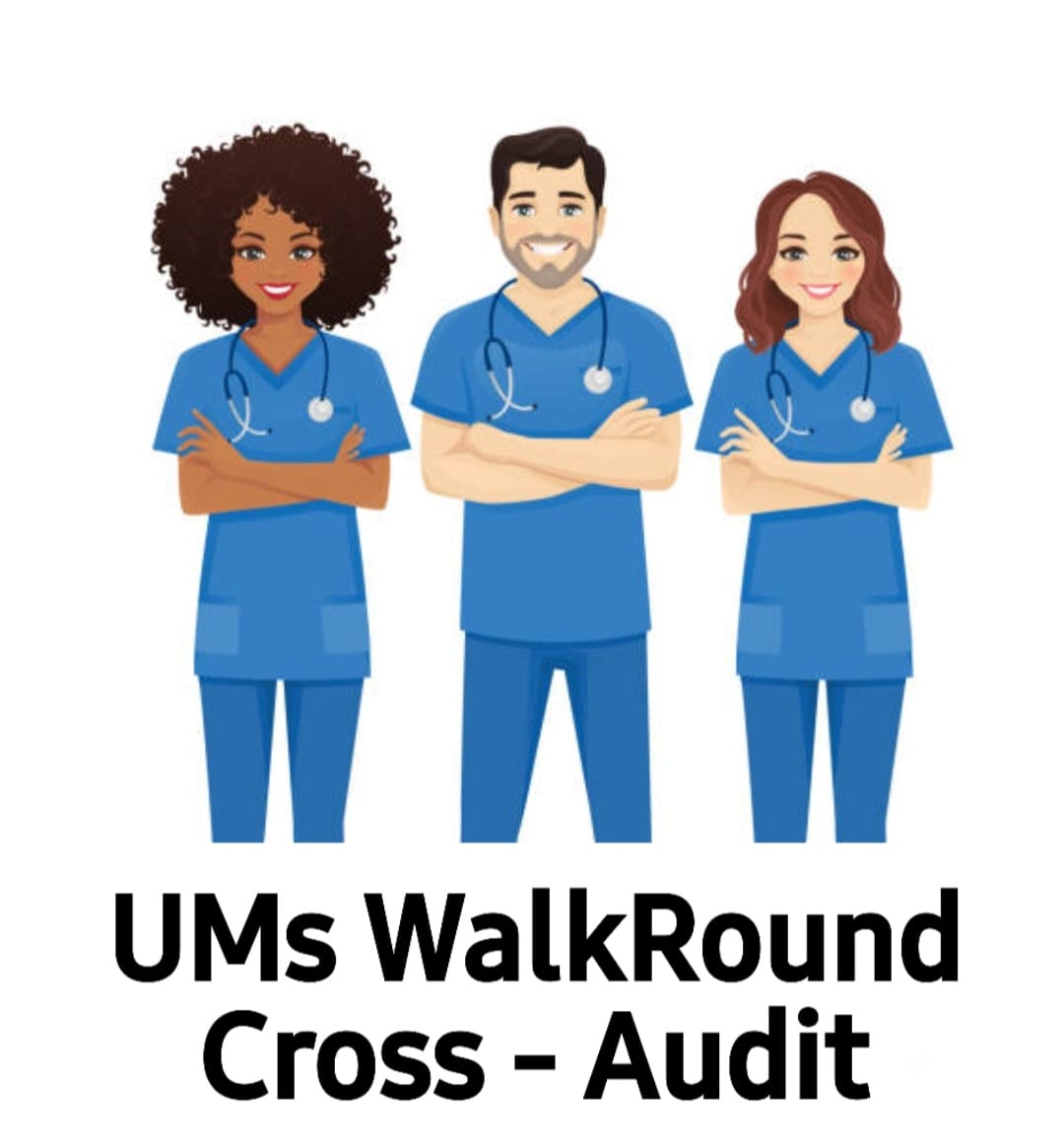Title Page
-
Facility name:
-
Conducted on:
-
District:
MINIMUM REQUIREMENTS
AN IPC PROGRAMME
-
Trained IPC focal:
-
Dedicated IPC focal:
-
Letter of appointment for IPC focal:
-
Letter of appointment for each IPC committee member:
-
Trained IPC team:
EVIDENCE-BASED IPC GUIDELINES AND SOPS
-
Hard copy IPC guideline:
-
Hand hygiene SOPs (filed or pasted):
- Compliant
- Partial-compliant
- Non-Compliant
- N/A
-
Decontamination of medical devices SOPs (filed or pasted):
-
Environmental cleaning SOPs (filed or pasted):
-
Healthcare waste management SOPs (filed or pasted)
-
Health worker protection SOPs (filed or pasted)
-
Aseptic technique SOPs (filed or pasted)
-
Triage of infection diseases (filed or pasted)
-
Standard precautions (pasted)
-
Transmission based precautions (filed or pasted)
-
SOPs for Healthcare Associated Infections
-
Occupational health SOPs (filed or pasted)
-
Healthcare workers educated on the recommended IPC practices
-
Monthly monitoring of the implementation of the IPC guidelines and SOPs (previous month assessment/supervision/mentorship)
IPC TRAINING AND EDUCATION
-
IPC staff/team received specific IPC trained (at least annually)
-
All clinicians oriented/trained in IPC
-
All nurses oriented/trained in IPC
-
All Hospital attendants oriented in IPC
-
All Health surveillance assistants oriented in IPC
-
System and schedule of monitoring and evaluation (at least monthly) to check on the effectiveness of the IPC training/education
-
All frontline workers, nurse, clinicians, cleaners, HSAs, receive education/training on the facility IPC guidelines and SOPs upon employment
FACILITY-BASED HAIs SURVEILLANCE
-
Availability of an active HAIs surveillance
-
Dependable laboratory
-
Medical records for AMR review
-
Facilities HAIs priorities/plan
-
Established HAIs surveillance feedback channels
IMPLEMENTATION OF IPC ACTIVITIES USING MULTIMODAL STRATEGY
-
System change (build it: infrastructures, equipment, supplies and including human resource)
-
Training and education (teach it: the category of staff to be trained and type of training, to ensure intervention will be implemented in line with evidence-based policies)
-
Monitoring and feedback (Check it: regular monitoring and feedback activities to identify the gaps in IPC practices/indicators in the facility setting to allow prioritization of IPC interventions and to make sure that the interventions are being implemented correctly and safely)
-
Reminders and communication (sell it: Promoting an intervention by ensuring that there are cue to action at the point of care and messages are reinforced to health workers and patients. There is need for capacity/ funding to develop promotional messages and materials)
-
Culture change (Live it: Support for the intervention at every level of the health system. Senior managers to provide funding for equipment and other resources for IPC improvement)
REGULAR MONITORING/AUDIT AND TIMELY FEEDBACK OF HEALTHCARE PRACTICES UNDERTAKEN ACCORDING TO IPC STANDARDS
-
Periodic and continuous monitoring indicators for IPC processes and structures:
-
Training at facility level on protocols and tools and systems integration of collection and analysis of data:
-
Bed occupancy should not exceed the standard capacity:
-
Healthcare worker staffing levels should be adequately assigned according to patient workload:
-
No more than on patient per bed:
-
Spacing of at least one metre between the edges of beds:
CLEAN AND/OR HYGIENIC ENVIRONMENT THAT FACILITATES PRACTICES RELATED TO THE PREVENTION AND CONTROL OF HAI, AS WELL AS AMR, INCLUDING ALL ELEMENTS AROUND THE WASH INFRASTRUCTURE AND SERVICES AND THE AVAILABILITY OF APPROPRIATE IPC MATERIALS AND EQUIPMENT
-
Safe and sufficient quantity of water for all IPC measures and specific medical activities:
-
Functional and improved sanitation facilities: One per 20 beds for inpatient wards, all equipped with menstrual hygiene facilities; One per 50 people in out-patients, equipped with menstrual hygiene facilities:
-
Functional hand hygiene facilities should always be available at point of care, toilets and service and waiting areas, and all should include soap, water, single-use/reusable towels, within 5 metres of toilets:
-
Sufficient and appropriately labelled bins to allow for healthcare waste segregation should be available and used, less than 5 metres from point of generation:
-
waste should be treated and disposed of safely via autoclave, incineration (850-1100oc) and or buried in a lined protected pit:
-
Sufficient and appropriate supplies and reliable power/energy:
-
Facility should have dedicated space/area for performing the decontamination and reprocessing of medical devices:
-
Adequate single isolation rooms to cohort patients with similar pathogens or syndromes:
LIST OF IPC TEAM THAT CONDUCTED THE ASSESSMENT
-
Assessor
-
Assessor
-
Assessor
-
Assessor
-
Assessor
-
Assessor
-
Assessor
-
Assessor










